The New, Cutting-Edge Anxiety Treatments That Sufferers Swear By
Beyond therapy couches and daily meds, these inventive methods are breaking new ground.
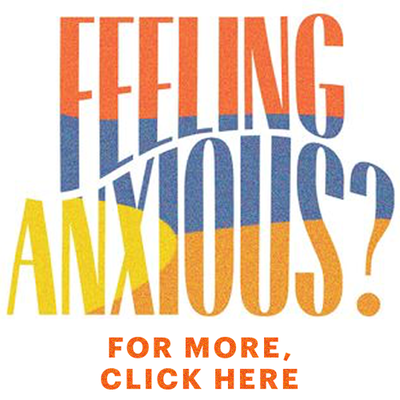
Cognitive behavioral therapy is the gold-standard in anxiety treatment, and for many people prescription pills are a lifesaver. But just because a therapy is common, doesn't mean it works for everyone. The six alternative, cutting-edge, and—in some cases—illegal treatments ahead are providing some women with the relief they never thought they'd find.
Smell Your Way Calm
A revolutionary drug promises to soothe with a sniff
In March, the U.S. Food and Drug Administration approved the use of esketamine—a chemical cousin of the illegal street drug ketamine, also called Special K—as a nasal spray for treating treatment-resistant depression. The first drug of its kind, marketed under the brand name Spravato, it was found in clinical trials to offer patients significantly faster relief—within a few hours—than they’d get from traditional antidepressants, which can take a few weeks to fully take effect.
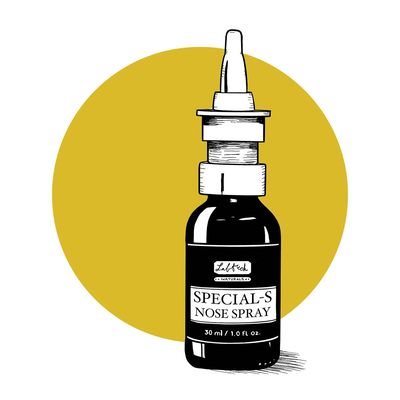
Spravato acts on the glutamate system, the brain’s powerful stimulatory signaling system, as opposed to other drugs, like Prozac, that work by increasing serotonin levels. Spravato may also help with anxiety as research suggests drugs that target the glutamate system can lessen generalized anxiety disorder, obsessive-compulsive disorder, post-traumatic stress disorder, and social phobia. “A lot of these disorders also accompany depression; they coexist,” says Gonzalo Laje, M.D., director of Washington Behavioral Medicine Associates and clinical associate professor of psychiatry and behavioral sciences at the George Washington University in Washington, D.C. “So sometimes improving one improves the other.”
Spravato isn’t as simple as spray-and-be-on-your-way. It must be administered under health-care supervision because of the risk of abuse, and then there’s the cost: $590 to $885 per session. But immediate relief may be worth the price. —Blane Bachelor
Technology That Reality-Checks Your Feelings
VR takes you places your anxiety won’t let you go
They say that facing your fears is the best way to conquer them. Exposure therapy has long been used to treat anxiety, but it’s never been more accessible than with virtual reality. “Research has shown physiological arousal does occur in those virtual environments,” says Judith Cukor, Ph.D., psychologist at Weill Cornell Medicine and New York Presbyterian Hospital in NYC. “If we can elicit that physiological reaction, we have the opportunity to expose patients to it and let them habituate to it over time.”
Get exclusive access to fashion and beauty trends, hot-off-the-press celebrity news, and more.
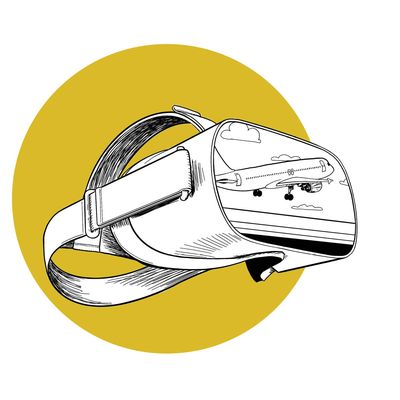
Take the fear of flying. It’s not easy, and definitely not cheap, to find a plane that will fly you around while you learn to cope with your fear. Putting on a headset that shows 3-D images of what it’s like being inside an airplane may be just as effective. “When we turn the engine of the plane on, their seats start to vibrate underneath them. They have headphones, so they can hear the captain do an announcement,” Cukor says. “By the time they get onto a real airplane, their anxiety is significantly decreased.”
A 2019 study published in Frontiers in Psychology found those who used VR with other therapy were more likely to complete and maintain treatment than those who didn’t. That was the case for Rochelle Bisson, 27, a blogger in London, who had found cognitive behavioral therapy ineffective at treating her cleithrophobia, the fear of being trapped, which for years kept her from riding underground trains. By her third VR session, she was able to ride the tube, accompanied by her therapist, for the first time in years. “I was surprised at how comfortable I was,” she says. —Katherine Fung
Going Green Is Good For You
Because wellness is always in bloom
Talk to any gardener and she is likely to tell you how calm or focused she feels after working the land. It turns out having a green thumb impacts more than just your harvest; organized gardening, led by a trained horticultural therapist, is being used to treat anxiety, depression, schizophrenia, and PTSD at hospitals, shelters, community gardens, and correctional facilities nationwide. A 2010 Journal of Health Psychology study found the first evidence that gardening can relieve stress: After just 30 minutes, levels of the stress hormone cortisol were reduced among participants.
At GreenHouse17, a 42-bed shelter for victims of intimate-partner abuse in Lexington, Kentucky, survivors can work on a 40-acre farm for a weekly stipend. “It gives the space for women to reflect and stop and be quiet and still in a very busy world,” says Darlene Thomas, GreenHouse17’s executive director. After multiple stays at GreenHouse17, Melissa Keaton, 31, says gardening quieted the negative thoughts that used to keep her up at night. “My head was thinking too much about what I did wrong,” Keaton says. “The garden takes you out of that.” It’s proof that more than just crops are grown in the garden. —Allie Volpe
Magic Mushrooms Help Anxiety Disappear
A different kind of drug experimentation
When Audra was a teen, she began to buckle under uncontrollable self-doubt and panic that turned everyday life into torture. As an adult, the feelings held her back professionally. “I could barely make it through the day without feeling like I was dying,” the now-32-year-old NYC-based advertising creative director remembers. She took antianxiety meds but claims they didn’t help.
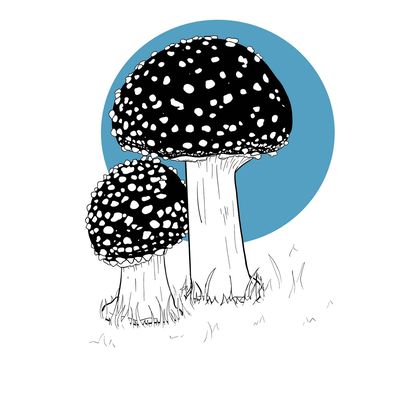
Then she began experimenting with mushrooms—taking roughly a tenth of a dose of psychedelics several times a week. She felt more motivated and less self-critical, without experiencing hallucinations. “It’s a growing phenomenon,” says Thomas Anderson, research director at the Center for Psychedelic Studies at the University of Toronto. Still, he cautions, “We don’t yet know if this works at all.”
For Audra, microdosing isn’t a magic bullet; she’s not “cured,” but with mushrooms, her lows aren’t as devastating. “They helped me recognize that I’m still whole.” —Catherine Ryan Gregory
CLICK HERE TO READ MORE ABOUT MICRODOSING TO RELIEVE ANXIETY
Eye Movement Therapy Blunts Bad Memories
EMDR is an optical solution for anxiety
Describing eye movement desensitization and reprocessing therapy (EMDR) can sound like the plot of Eternal Sunshine of the Spotless Mind. The emotional torment of painful memories is just … erased? It’s not that exactly; EMDR doesn’t erase negative memories but rather “changes the way the brain encodes the experiences,” explains Deany Laliotis, director of training for the EMDR Institute in Watsonville, California.
EMDR is grounded in the idea that unprocessed memories from our past—say, sadness about your father abandoning the family—cause us anguish and can trigger us to react to long-ago problems in the present, like being anxious your partner is always on the brink of dumping you. As Laliotis says, when we feel anxiety, “our brain is hijacked into reacting to the situation as if it were the same as earlier experiences.” EMDR requires patients to confront those scenarios head-on to stop the “hijackings” and lessen bad reactions. During the sessions, patients discuss targeted traumatic memories while engaging in eye movements as directed by their therapist. (Typically, a therapist moves his or her hand back and forth across a client’s field of vision.) The process dulls the pain of those memories.
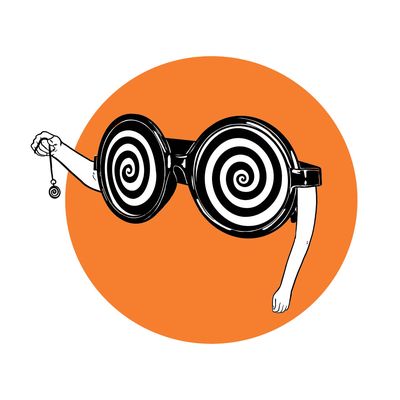
It’s the brainchild of Francine Shapiro, Ph.D., a California-based clinical psychologist who observed that her own negative emotions related to disturbing memories shifted as a result of her eye movements. Although researchers are not quite sure why EMDR works, studies have confirmed the therapy’s ability to successfully treat trauma. “Unlike other treatments, EMDR provided me with a clear context for understanding where my anxieties come from,” says Carrie, 33, of New York. “That context helps to diminish the power my anxiety wields over me.” —Jessica Wakeman
Chatbots as Therapists
Artificial intelligence, real results
Imagine the perfect therapist: always available, nonjudgmental, and you never get charged when the hour goes over. One caveat: She’s a chatbot. Therapy via artificial intelligence is on the rise. Think Talkspace, but instead of a human therapist, you text a bot that was programmed by one. Chatbots are trying to bridge a gap in mental health: Anxiety is the most common mental illness in the U.S., yet only 37 percent of sufferers receive treatment. AI therapy is an inexpensive, user-friendly alternative. As Alison Darcy, Ph.D., founder and CEO of the chatbot app Woebot, puts it, it’s “therapy, redefined.”
Like, really redefined: Because it’s not an FDA-approved medical device, Woebot doesn’t claim to treat anxiety, nor can it replace traditional therapy. Instead, it advertises emotional support to help manage anxious feelings, more “herbal supplement” than treatment, says John Torous, M.D., director of digital psychiatry at Beth Israel Deaconess Medical Center, Harvard Medical School. The FDA is piloting a program (with Apple and Samsung) to streamline approval, but for now most apps are billed as wellness programs. That doesn’t mean they’re ineffective; a study by Woebot and Stanford University found texting the bot for two weeks significantly decreased anxiety. Therapy or not, a bot might just provide the support you need, especially when anxiety strikes at 3 a.m. —Megan DiTrolio
This story originally appeared in the July 2019 issue of Marie Claire.
RELATED STORY
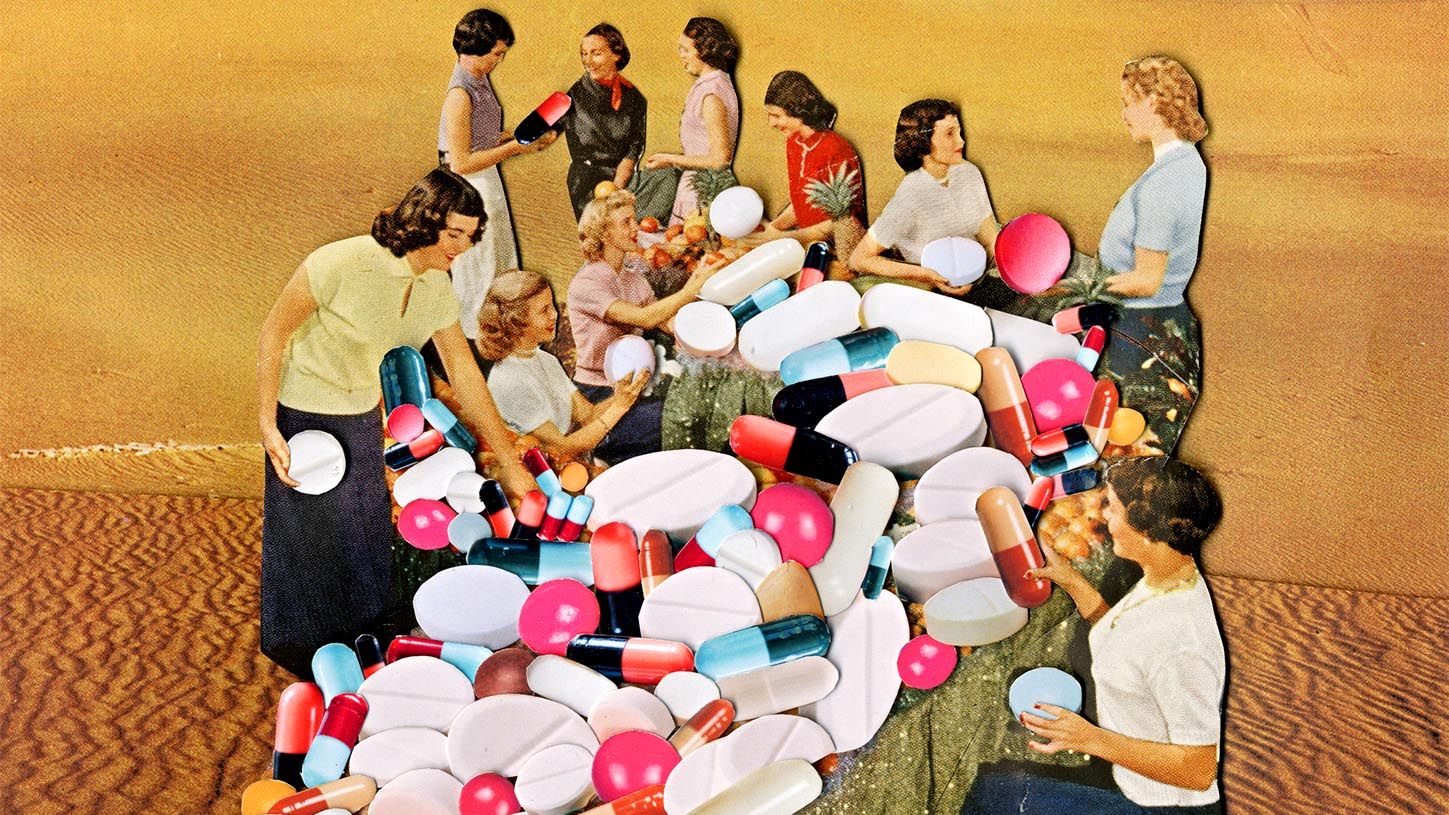
Dedicated to women of power, purpose, and style, Marie Claire is committed to celebrating the richness and scope of women's lives. Reaching millions of women every month, Marie Claire is an internationally recognized destination for celebrity news, fashion trends, beauty recommendations, and renowned investigative packages.